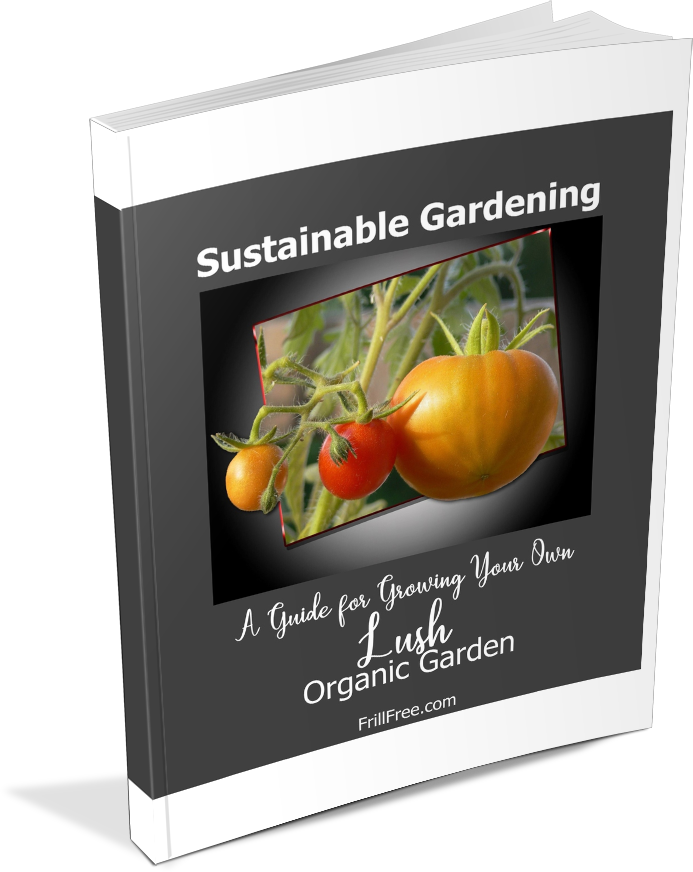- Homesteading
- Poison Free Gardening
- Garden Pest Protection
Garden Pest Protection
Keep the critters out of your garden
It has always been a war between the critters that want to eat, and keeping them out of your garden. I like the little animals in my garden, but it would be nice to just have enough vegetables to harvest.
Here are a few ways to keep your crops for yourself, without harming the wild things.
Generally, crop protection can take two forms; preventing the critters from getting at your garden vegetables in the first place; and luring them to where they are allowed to go.
Fences, cages and wire protection to prevent damage have long been used to keep the little critters away. I use bird cages and other wire constructions salvaged from the recycle center to cover newly transplanted seedlings.
If the main pests around your garden are a bit larger, say the size of a rabbit, then use something with bigger holes. This works well for those pesky cats that like to dig in your lovely friable soil too.

Fences of all kinds have been developed to keep out livestock as well as smaller creatures that have an appetite. The smaller the holes in the wire, generally, the smaller the animals that it will keep out; however, some can climb or fly. The protection has to be geared towards whatever critters you have problems with.
Bird cages with narrow bars designed for finches will keep mice and chipmunks from feasting on your micro greens.
 Bird Cages protect those lush delicious greens
Bird Cages protect those lush delicious greensI've custom made square lumber covers with fence wire to protect those tender and luscious plants from rabbits if they're planted in beds - these are four feet (approximately) square with stucco wire which has two inch holes keeps larger vermin from stealing your harvest;
 Pest Control Frames specially sized to fit over garden beds and flats in the nursery
Pest Control Frames specially sized to fit over garden beds and flats in the nurseryBurrowing animals like marmots or pocket gophers are notorious for surreptitiously sneaking a snack; prevent them from eating all the lettuce by placing chicken wire flat on the ground and build your raised bed on top of it.
 Garden Pest Protection; keep your vegetables safe from critters including burrowing ones
Garden Pest Protection; keep your vegetables safe from critters including burrowing onesWindow insect screens work well for small creatures or flying insects. Caution; don't let the plants touch the metal screen or they'll burn in the heat of the sun.
 Spun bonded fabric row covers like Reemay work great to protect from insects and light frosts
Spun bonded fabric row covers like Reemay work great to protect from insects and light frostsSpun bonded polyester row covers protect seedlings from hot sun, and also cabbage moths, aphids and more.
Need a cheaper option? Use sheer curtains from the thrift store to do the same thing - plus, they already have a hem where you can thread a stick through so you can easily put them over the crops and take them off when no longer needed.
Make sure that crops that need to be pollinated (tomatoes, squash, peppers) can be accessed by bees - remove the cover for a while each day, or do the work yourself with a paintbrush.
 Bird cage collection - useful for many things - I make a fence out of them to encircle special plants to protect them
Bird cage collection - useful for many things - I make a fence out of them to encircle special plants to protect themWhen your collection of bird cages gets up there, start stacking them. The bigger flat topped ones cover the plants, with decorative smaller ones on top.
















